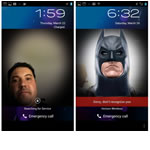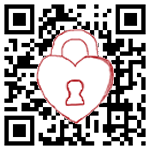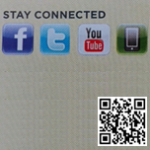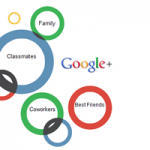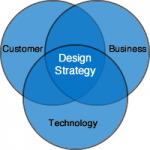Course Description This course teaches how to create best-of-class cross-channel customer experiences on the mobile, tablet and web. Using Mobile-First design principles, students will learn the practical modern UX methods and best design approaches for each channel, with special focus on critical elements of mobile apps, search, navigation, forms and workflows. Although no technical expertise …
Virtual Seminar: Cross-Channel Design: Magic Mobile Moments
Why do some million-dollar apps fail, while simple apps like Instagram make billions? The answer is “Magic Moments”. And on May 16th, the author of best-selling book “Designing Search: UX Strategies for eCommerce Success” will show you how to create “Magic Moments” in your own Mobile and Tablet apps.
NOTE: Not for beginners. The Expert Strategy(TM) Series is aimed at mastery of advanced design principles.
Virtual Seminar: QR Codes That Convert: Mobile UX Strategies for Success
“The QR Codes that Convert webinar has already paid for itself. I was able to tweak a client’s QR campaign today, using what I learned, and it started increasing their customer engagement right away. I would recommend this webinar to anyone using QR codes in their marketing campaigns or anyone advising clients who use QR Codes.” – Marty Diamond, Diamond Website Conversion
You can view the recording made April 6th, 2012.
Don’t Put a QR Code on Your Business Card
… until you read this article. I had a QR code on my business card for years, and studied how to engage people after the initial QR Code scan, and how to drive tangible value. Here I will reveal everything I learned about using QR Codes for personal and social connection, including using special formats like MECARD, and the secrets of linking to Twitter, LinkedIn, blog posts and custom landing pages.
4 Ridiculously Simple Tips for Using QR Code to Connect 10 Times More Mobile Customers With your Social Media
Engaging with your customers through mobile social media is an excellent idea, and has the potential to add a lot of value and further enhance the relationship of your customers to your brand. Here are four simple tips that will help you make the most of the QR Code technology.
7 Ways to Whip Up Viral Value Through QR Codes: #6 Connect Through Social Networks (Part 1 of 2)
Installment #6 shows how to deliver QR code value by allowing your customers to connect to your company through social networks. As of the date of this writing, many companies have been implementing their social mobile engagement strategy by putting printed Facebook and Twitter “buttons†on everything from print advertising to packaging. We think QR codes offer a much better solution. This is Part 1 of the article: 6 Reasons Printed Buttons Must Die.
One Circle to Rule Them All: Winning the Battle for Social Network Domination
Twitter , Facebook, email, IM… Will the new Google + Circles become “the One Circle to rule them all”, the social network everyone will want to join? While the jury is out, Google + is helping us frame the challenge to becoming The One Network: connection and communication.
Practical Ecommerce Search: UX Strategies for Success
I wrote the definitive book on the subject: “Designing Search: UX Strategies for eCommerce Successâ€. In this workshop, I help you understand and create a cross-channel digital search strategy and show you how to improve the search experience through practical, intuitive interface design patterns that create 10X or more in ROI.
Experience Partners: Giving Center Stage to Customer Delight
In this article I propose the concept of Experience Partners as a whole new way of thinking about our customers as partners in holistic product experiences. Experience Partners reflects an emerging paradigm shift from a focus on product features to instead conceptualizing holistic product experiences, and embodies our best understanding of how to design products that create delight and become integral, harmonious parts of people’s lives.
Web-Based Distributed Systems with XML: Loan Exchange B2B Company Case Study
The idea of building effective Web-based distributed systems has been around for a long time. However, much of the efforts have been unsuccessful, largely due to the loose and fuzzy nature of the web architecture, and because HTML and proprietary formats, the two most common web communication mechanisms, do not lend themselves well to sharing …
Beginings of Social Networking: Business Process Redesign With Vertical Net Communities
Vertical Net Communities (VNCs) are changing the way customers interact with data through a slew of services made possible by technologies such as electronic data exchange, secure credit card processing and sophisticated communication tools. VNCs are reshaping entire industries by providing a new level of customization of content and commerce and by engaging the users in producing information. MS CIS Program Paper, Golden Gate University, November 2000.



